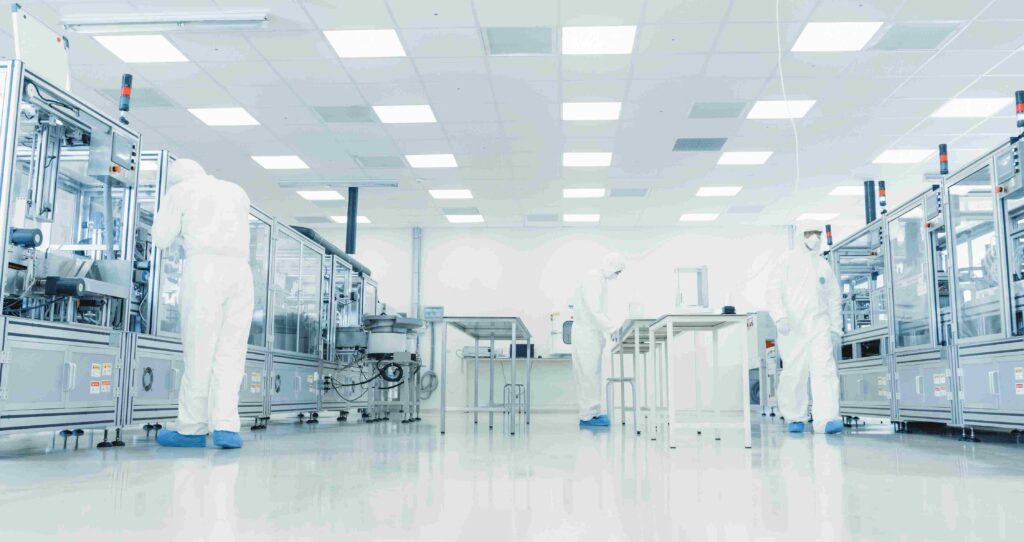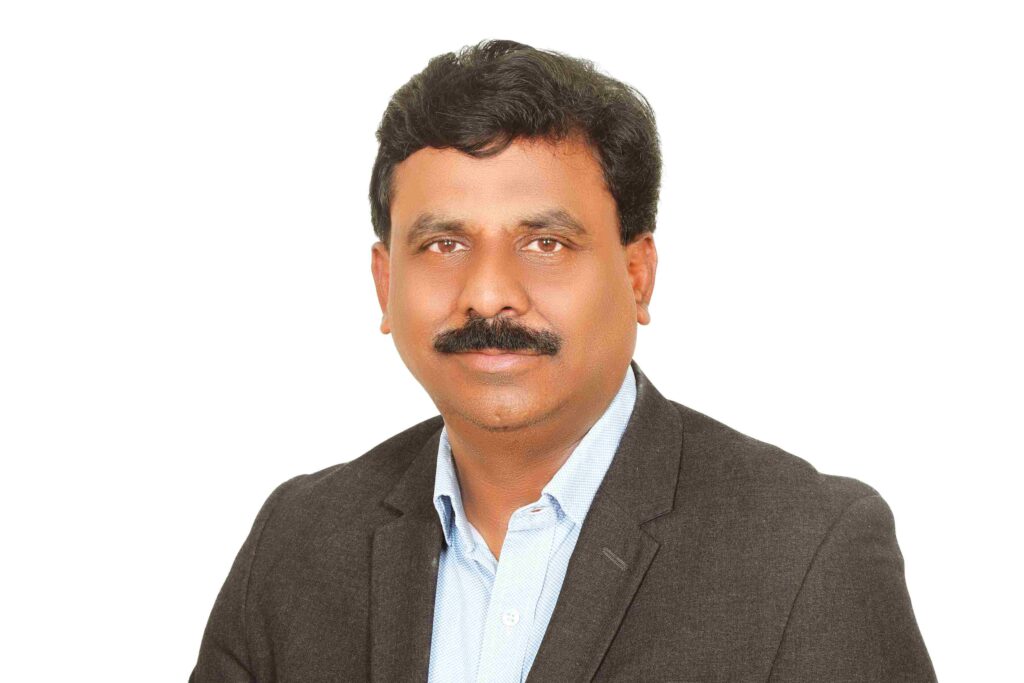
Ensuring the integrity and safety of pharmaceutical products is crucial, a responsibility that falls heavily on the shoulders of facility management. In an environment governed by stringent regulations from bodies like the FDA and WHO, every aspect of a facility’s operation, from sanitation to maintenance, must be meticulously controlled says Bhaskar Sivva, Managing Director of Tidy Touch Facilities Pvt. Ltd. He writes about steps that are compulsorily to be taken as per law plus what is done in his company too.

Ensuring the integrity and safety of pharmaceutical products is crucial, a responsibility that falls heavily on the shoulders of facility management. In an environment governed by stringent regulations from bodies like the FDA and WHO, every aspect of a facility’s operation, from sanitation to maintenance, must be meticulously controlled.
— Bhaskar Sivva
Pharmaceutical facilities operate under a microscope, with non-compliance posing severe risks to patient safety and a company’s reputation. The primary challenge is to maintain a state of continuous readiness for audits and inspections.
A key tenet of this approach is moving beyond reactive measures and embedding a proactive strategy into daily operations. This begins with the establishment of comprehensive Standard Operating Procedures (SOPs) that are directly aligned with the latest FDA, WHO and GMP standards.
The SOPs serve as a living guide for all staff, ensuring consistency in every task, from cleaning protocols to waste disposal. To further solidify this approach, regular internal audits and mock inspections are conducted, providing a realistic assessment of the facility’s readiness and highlighting areas for improvement.
Crucially, staff must be continuously trained on hygiene protocols, cleanroom classifications and contamination prevention to ensure that human error does not compromise quality. The integration of digital checklists and monitoring systems provides a transparent and traceable record of every task, creating an irrefutable log of compliance activities.
Minimizing Disruption
In a pharma facility, equipment downtime can halt production, jeopardizing supply chains and leading to significant financial losses. The challenge lies in prioritizing preventive maintenance amid the pressures of continuous production. A strategic solution involves implementing a planned preventive maintenance (PPM) schedule for all critical equipment, including cleaning machines, HVAC systems and sanitation tools.
This forward-thinking approach anticipates potential failures before they occur, drastically reducing the risk of unexpected breakdowns. The use of IoT-enabled sensors takes this a step further by tracking equipment performance in real-time and providing predictive insights.
To ensure production continuity, facilities should also maintain a readily available stock of backup equipment and have a quick-response team on-site. The key is seamless collaboration between housekeeping and maintenance teams, ensuring their efforts are synchronized to support uninterrupted production.
Enhancing Efficiency
As operational costs continue to rise, facilities must find ways to increase efficiency without compromising on quality or compliance. Technology provides the answer. A modern facility leverages Building Management Systems (BMS) to optimize energy, lighting and HVAC usage, thereby reducing utility costs and improving sustainability.
The deployment of predictive maintenance tools helps to anticipate servicing needs, reducing unexpected expenses and extending the life of equipment. The integration of robotics and automated scrubbers for large cleanroom floors represents a significant leap forward, improving efficiency, ensuring consistent cleaning and reducing the potential for manual errors.
Data-driven insights from these technologies enable resource optimization, ensuring minimal wastage of water, chemicals and manpower.
Upholding Sterility
The most significant challenge in the pharmaceutical industry is maintaining sterile, contamination-free environments. Even minor lapses can compromise drug quality and, in turn, patient safety. The solution is a multi-layered approach to contamination control.
A sterile cleanroom environment serves as a bastion against contamination, and its integrity is upheld through strict zoning and controlled access to different areas of the facility to prevent cross-contamination. Cleaning protocols must be meticulously designed, using HEPA filter-based cleaning systems and sterile-approved disinfectants.
Regular air quality monitoring and microbial testing provide objective proof of a sterile environment. Additionally, all staff must follow stringent cleanroom gowning protocols to minimize human contamination risks. Contingency plans for biohazard waste handling and emergency disinfection are also vital to address any unforeseen events effectively.
Balancing Sustainability
Pharmaceutical cleanrooms require rigorous HVAC controls that are highly energy-intensive, creating a difficult balance between sustainability goals and compliance needs. The solution lies in a smarter approach to energy consumption.
Facilities can use energy-efficient HVAC systems with real-time monitoring of temperature, humidity, and pressure differentials. The adoption of demand-based ventilation systems, which adjust airflow according to occupancy, can lead to significant energy savings.
Using eco-friendly cleaning materials also helps to reduce the chemical load on air filters and HVAC systems, further contributing to energy efficiency. By combining these practices with regular preventive maintenance of HVAC systems, facilities can extend the lifespan of their equipment and meet their sustainability targets without compromising the sterile environment.




















 CIJConnect Bot-enabled WhatsApp
CIJConnect Bot-enabled WhatsApp









